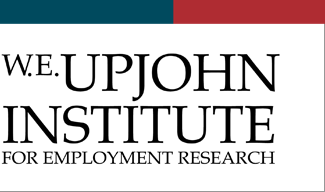Do Firm Effects Drift? Evidence from Washington Administrative Data
Upjohn Author ORCID Identifier
Publication Date
4-2023
Source
Journal of Econometrics 233(2): 375-395
DOI
10.1016/j.jeconom.2021.12.014
Publisher
Elsevier-ScienceDirect
Subject Areas
LABOR MARKET ISSUES; Wages, health insurance and other benefits; Inequality
Citation
Lachowska, Marta, Alexandre Mas, Raffaele Saggio, and Stephen A. Woodbury. 2023. "Do Firm Effects Drift? Evidence from Washington Administrative Data." Journal of Econometrics 233(2): 375-395. https://doi.org/10.1016/j.jeconom.2021.12.014

